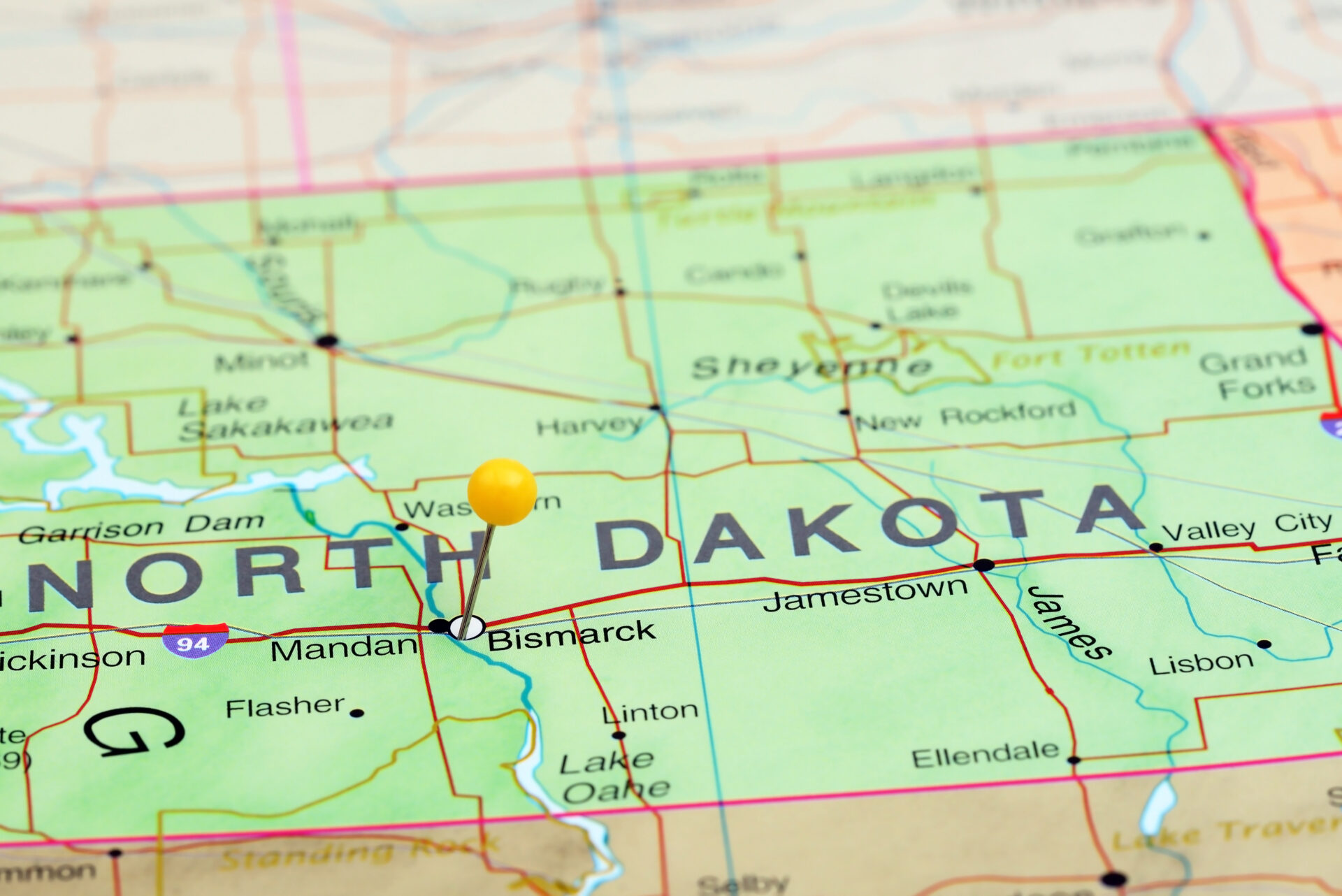CLAIM: The Hill reports on a federal judge’s ruling that the Army Corps of Engineers must once again review environmental impacts of the Dakota Access Pipeline:
The controversial Dakota Access Pipeline hit another roadblock Wednesday when a federal judge struck down permits for the pipeline and ordered a full workup of the environmental impacts of the project. … Judge James Boasberg said the environmental analysis by both the companies behind the pipeline and the Corps were severely lacking.
“In projects of this scope, it is not difficult for an opponent to find fault with many conclusions made by an operator and relied on by the agency,” he wrote in the 42-page decision. “But here, there is considerably more than a few isolated comments raising insubstantial concerns.
“The many commenters in this case pointed to serious gaps in crucial parts of the Corps’ analysis — to name a few, that the pipeline’s leak-detection system was unlikely to work, that it was not designed to catch slow spills, that the operator’s serious history of incidents had not been taken into account, and that the worst-case scenario used by the Corps was potentially only a fraction of what a realistic figure would be,” he continued.
RATING:
False
FACT CHECK:
The Dakota Access Pipeline is already the most studied, regulated, and litigated pipeline in the history of our country and has been safely operating for nearly three years. The Army Corps met or exceeded all guidelines when conducting its review of the Environmental Assessment and permitting of the Dakota Access Pipeline. In addition to the Corps review, North Dakota also conducted a 13-month review before they allowed construction to move forward.
State Reviews: Before beginning construction, Dakota Access was required to obtain permits from regulatory agencies in each of the states where it operates. These reviews, which were independent of the Corps’ own detailed analysis, involved extensive outreach of landowners, state agencies, local governments, public interest groups, tribes, and various other stakeholders.
In North Dakota, this process was led by the North Dakota Public Service Commission (NDPSC), an elected three-person state board responsible for regulating electric and natural gas utilities, telecommunications, railroads, and the siting of energy transmission projects like DAPL.
The NDPSC commenced its 13-month review of DAPL in December 2014 upon receiving the company’s application to construct and operate the pipeline. During the spring and early summer of 2015, the NDPSC held three public hearings in counties located along the route of the proposed pipeline. These well-advertised hearings offered interested parties the opportunity to express their views of the project as well as inform the Commission of any concerns regarding the construction or operation of the pipeline.
The NDPSC ultimately approved the pipeline, as did every other state and the Army Corps of Engineers.
Pipeline Safety: It is important to remember that the Dakota Access Pipeline is already the most studied, regulated and litigated pipeline in the history of our country and has been safely operating for nearly three years.
In that time, there have been only six inadvertent oil discharges involving the Dakota Access Pipeline, according to data provided by the Pipeline and Hazardous Materials Safety Administration. Each of the incidents occurred at either valve sites or pump stations and were isolated to a concrete work areas – with four occurring during a testing period before the pipeline was operational. The six releases amounted to a little over six barrels of oil, which is less than 1/10,000 of a percent of the pipeline’s 570,000 barrel per day capacity.
Transport Safety: Rejecting the permits for the Dakota Access Pipeline, which carries oil from North Dakota to Illinois, would do nothing to lessen demand for oil. In fact, it would make the transport of oil more dangerous to the environment.
Pipelines are the safest, most efficient, and environmentally sensitive way to transport energy resources. In fact, researchers in Canada recently calculated that, when compared to pipelines, an accident is over 4.5 times more likely to occur when oil is shipped via rail. Pipelines also have a much smaller carbon footprint than rail alternatives. One recent study estimated that pipelines cut greenhouse gas emissions by upwards of 80 percent.
With that in mind, the Dakota Access Pipeline has eliminated the need for over 700 oil railcars every day. That means over 700,000 fewer oil railcars have passed through North Dakota since the pipeline went into service.

